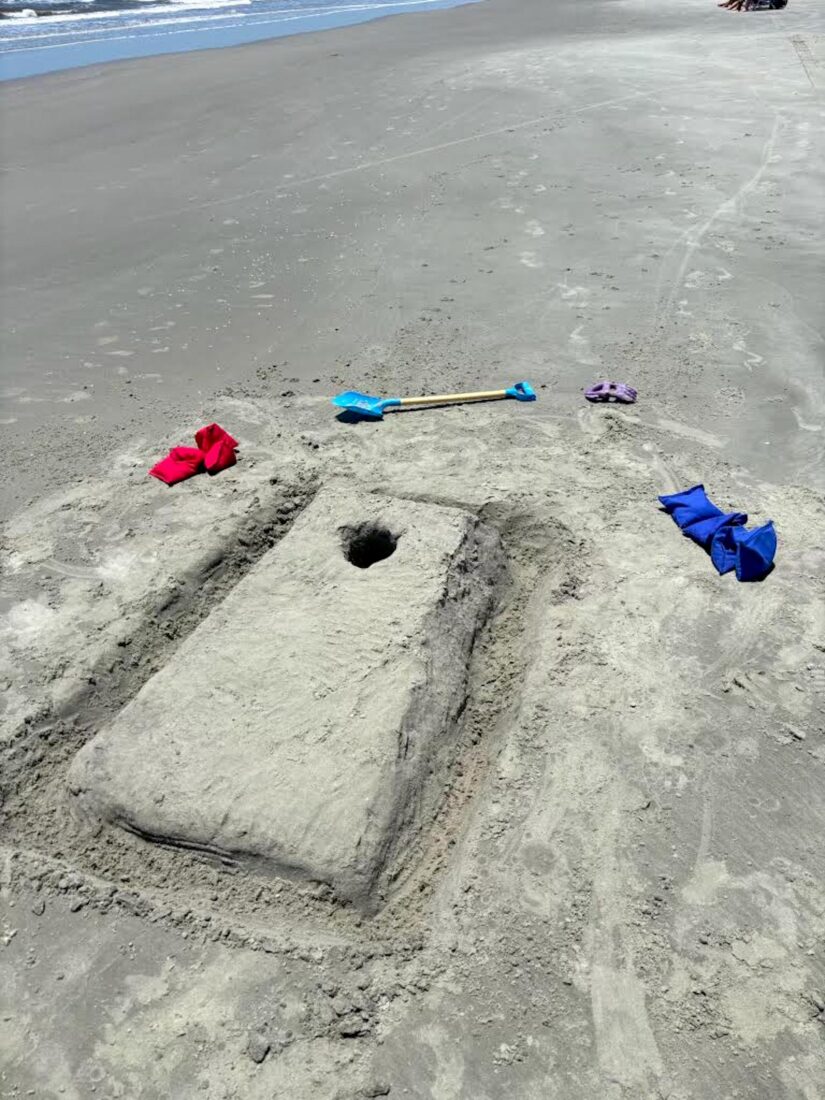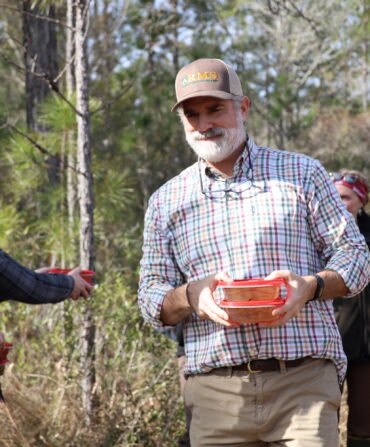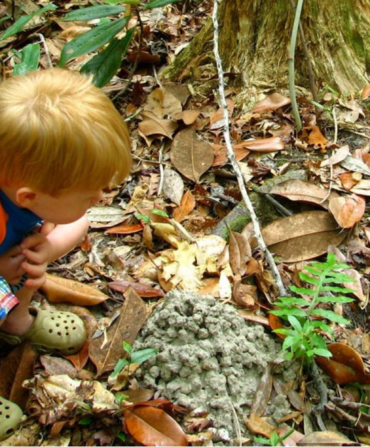A breeze whistled over salty Hilton Head Island, South Carolina, waters. Four guys, friends since their freshman year at Wake Forest in North Carolina, strolled out onto the beach in between watching March Madness games. It was 2005, ten years after they’d graduated, and they popped open a round of beers. It was a little chilly that spring afternoon, but nothing could make this coastal college reunion better. Nothing, except…
“Chris, who is from Ohio, was like, ‘Let’s play cornhole,’” says Steve Bumgarner, who lives in Winston-Salem. Although the game of cornhole has a few conflicting origin stories, many credit its current form and widespread popularity to neighborhoods throughout Cincinnati. But the friends didn’t have the required rectangular boards, so Chris-from-Ohio Ciambarella suggested they build board-like platforms out of sand. “I’m like, ‘I like to build sandcastles,’” Bumgarner remembers, “‘So yeah, sure, I’m game.’”

The friends scraped and packed sand into two rectangular piles a few strides apart. Into each sand pile they dug a hole. Somebody—probably Ciambarella—already had a set of bags at the ready (cornhole lovers are known to travel with the goods.) Then they laughed, they drank, and they played cornhole on the beach until it was seared into their memories, establishing a tradition they would carry into their lives forever. “Hundreds of Cincinnati families crowd the beaches of South Carolina every summer, and cornhole was bound to spread,” Ciambarella says. “Every family vacation we would just start digging the cornhole in the sand and play it every day.”
Over the years, Bumgarner’s family has perfected the technique. “A couple years ago we realized that instead of spending thirty minutes forming the board, you could just dig a moat in a rectangle around it,” he says. “That way, Mother Nature has already pounded down the board’s sand flatter and harder than we ever could.”
The family usually vacations on Kiawah Island, South Carolina, working together to pick the perfect spot where the sand isn’t too wet or too dry. “We set up our tent as forward as you go without being impacted by the tide,” he says. “And we make our setup in front of that, because we want to play cornhole with an audience.”

Bumgarner and his teenage son make the outline of one board, locate the direction of the wind, and then do a practice toss to determine the distance to the next board. Then they start digging. “The classic plastic beach shovel is too wimpy,” Bumgarner says. “But the beach police will come get you if it’s a metal shovel. So we’ve got this purple Sesame Street claw that digs a great trench, and a yellow scoop that you can spin like a drill to rotate and make the hole. You’ve got to mold the corners and pound with your hand to make perfectly angled edges around the indents. My next career might be brick layer.” Sometimes, if the spot feels a little risky, other family members might chip in to build a low protective sand wall between the tide and the game.
A key strategic component to regular cornhole is the bags’ ability to slide across a smooth surface, and to bump off other players’ bags. Bumgarner swears that well-packed sand does provide competitive play. “You can still knock in a bag on the lip of the hole, and you can knock someone else’s bag off sometimes,” he says. “Really the wind is the biggest variable when playing on the beach.”
Players who are part of the r/Cornhole Reddit board offered a few strong opinions on the subject after someone posted, “Question about playing in sand: Will sand get into my favorite bags and ruin them?”
“I personally would not play my favorite bags in sand,” another commenter said. “The sand …will wear fibers of your bags down.”
A smart compromise: Bumgarner, taking a cue from good old Chris-from-Ohio, keeps one “fancy” set of cotton bags—which he’ll use during tailgates at this fall’s Wake Forest reunion—and another set of rugged nylon bags. Two sets of bags, one for competition and one for casual beach fun? That’s what we call a pro move.








